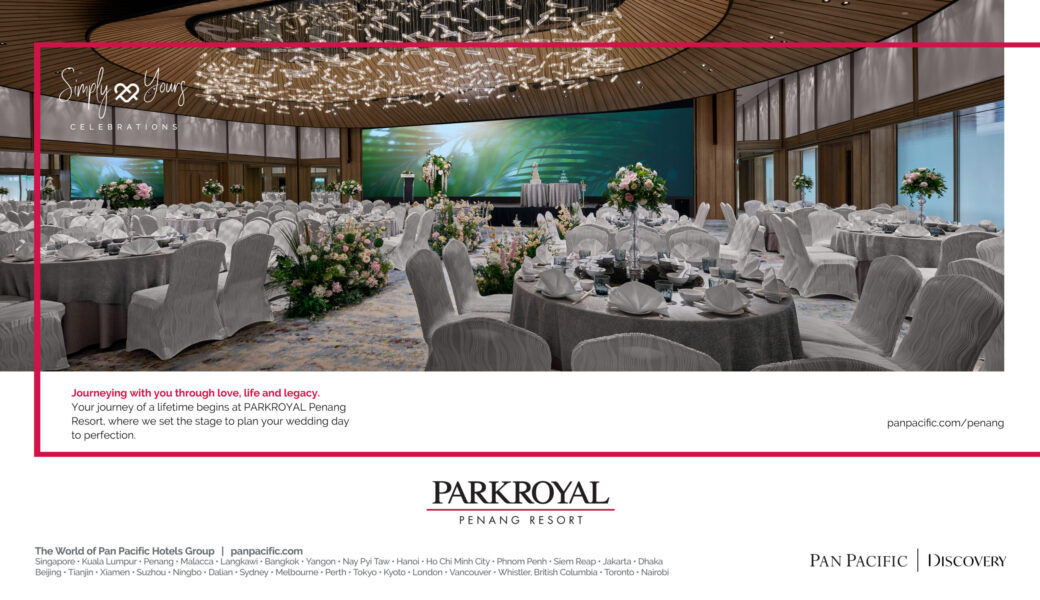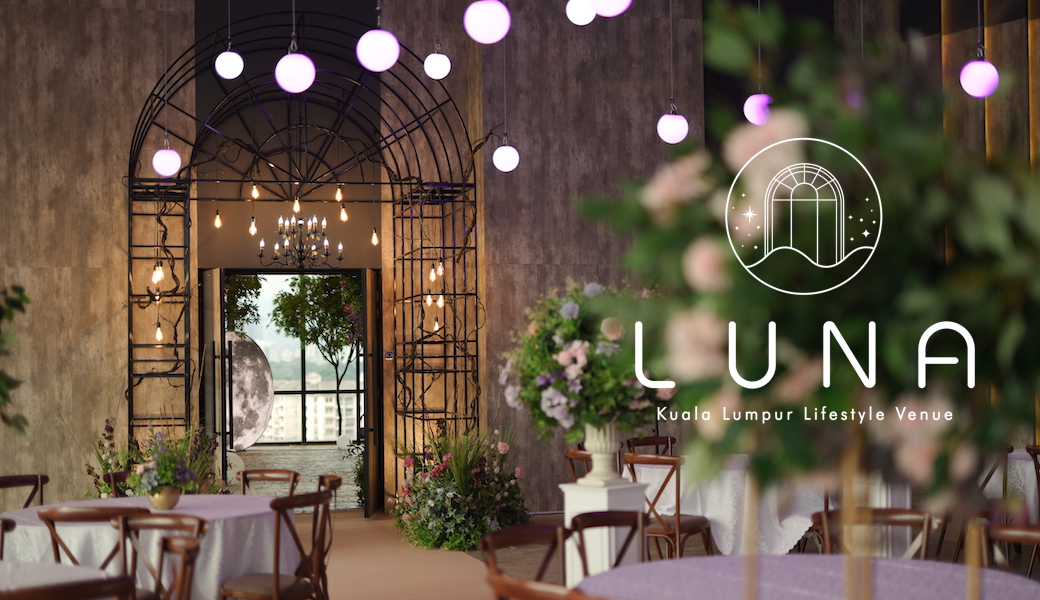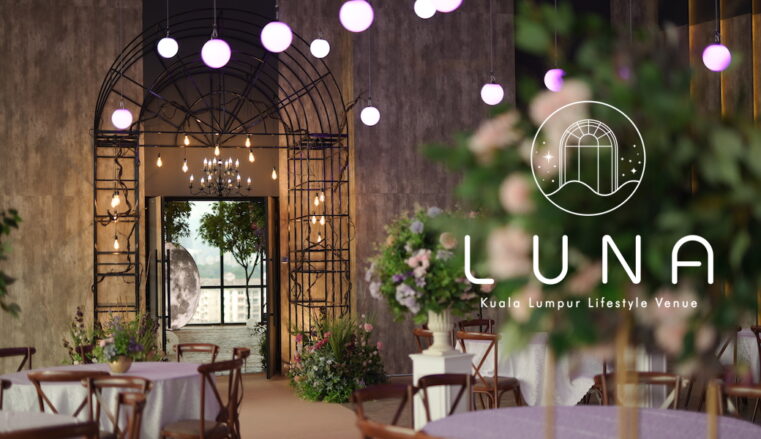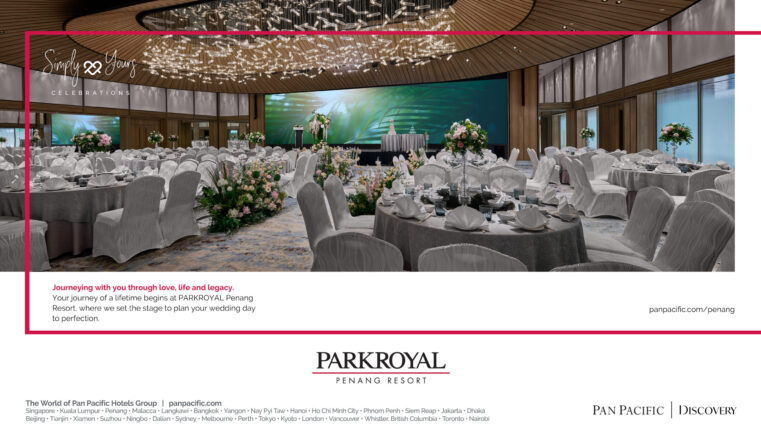With its government buildings, churches, squares and fortifications, Melaka demonstrates the early stages of this history originating in the 15th-century Malay sultanate and the Portuguese and Dutch periods beginning in the early 16th century. This city has been inscribed in the list of UNESCO World Heritage Sites in 2008.
Baba & Nyonya Heritage Museum
Website: babanyonyamuseum.com
Add: Nos. 48 & 50 Jalan Tun Tan Cheng Lock, 75200 Melaka
This museum was the home of Baba Chan Cheng Siew (1865-1919). The interior decor of the house has Dutch, Portuguese, Malay, and Colonial influences, which make the peranakan home unique. Lavish Blackwood furniture from China, inlaid with pearl and marble, greet visitors in the formal reception hall. Set above them are 5-meter high silk embroidery of Chinese symbolism. A unique set of stairs made of solid cenggal wood leads to the second floor.
 |
| Bottom from left: Cenggal wood Stairs, Reception hall, Kitchen, Ancestral hall |
Jonker Walk (Jalan Hang Jebat) and Its Vicinity
The Jonker street is a famous street in Melaka town center known for its Friday and Saturday’s Jonker Walk night market where you can find delicious street food and knick knacks. There are plenty of cafe, restaurants, guesthouses, art studios housed in refurbished heritage buildings. (Pre-wedding photos taken by heartpatrick.com)
 |
| The Orang Utan House – studio-gallery of Charles CHAM |
 |
| Galeri Seni Rakyat, street art along the Melaka River and Kg Jawa Bridge |
 |
| Zheng He Duo Yun Xuan Art Gallery 郑和朵云轩(马六甲)艺术馆 Lorong Hang Jebat Malacca |
 |
| Melaka 3D Street Art (Lorong Seni) |
 |
| The Orangutan House |
 |
Sungai Melaka (Malacca River). Creepy info: The Kampung Jawa Bridge is also called the ‘Ghost Bridge’ because severed heads of people killed by the dreaded Japanese military police were hung along its pillars [source] |
Red Square (Dutch Square)
This famous tourist spot in Melaka town is where the historical red painted buildings and structures are located. Among them are Stadthuys (used to be Dutch administrative building), Christ Church, Tan Beng Swee Clock Tower, Queen Victoria Fountain from the British colonial time.
Add: Jalan Gereja,75000 Melaka
 |
| Source: thevastlife.blogspot.com |
Photos by Valstasia Weddings
 |
A’ Famosa Fort (Porta de’ Santiago) and St. Paul’s Church
There is a staircase from Stadthuys that goes up the hill to St. Paul’s Church. It was first built by the Portuguese, originally known as the Chapel of the Mother of God. After the Dutch invaded Malacca, they reconstructed and renamed it to St. Paul’s Church. When the Christ Church was established, the Dutch turned St. Paul’s Hill into a burial ground for their noblemen.
At the foot of St. Paul’s Hill is the remains of A’Famosa Fortress built by Portuguese admiral, Alfonso d’Albuquerque to protect the Portuguese position in Malacca.
 |
| Clockwise: A’Famosa Fortress. St Paul’s Church exterior. St Paul’s church interior. Granite tombstones. |
fabulous-moments.com | Dec 2016
 |
| Photo by: Aleeya Studio Taiping. @ A’Famosa Fort. |
Map:
 |
| Map data ©2017 Google |
Ref: abckualalumpur.com, travelblog.org, malaysia-trulyasia.com, coachnvanrental.com.my, google.com, tripadvisor.com, unesco.org


















